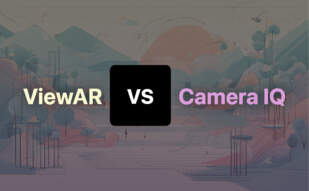- Capacities of Instagram and Web AR
- Unveiling the Benefits of Web AR in Digital Marketing
- Instagram’s Integral Position in Augmented Reality Marketing
- Harmonizing Instagram and AR for Robust Marketing Outcomes
- Discovering Web AR Utilization across Multiple Industries
- Conclusion
- Creating and Implementing WebAR in Social Media Strategies
WebAR is transforming social media marketing through its appless augmented reality experiences. Harnessing WebAR, brands are interacting with users in innovative ways, making social media platforms like Instagram, profitable avenues for product virtualizations, games, and immersive AR experiences.

In this comprehensive guide, readers will become well-versed with utilizing WebAR for social media marketing, and will gain actionable strategies to use WebAR for increasing brand engagement.
Capacities of Instagram and Web AR
With the rapid advancement of digital technology, both Instagram and Web AR have carved out distinct niches in the realm of online engagement. While they share some commonalities, such as the ability to create interactive experiences with face filters, games, and 3D objects, they each bring unique features to the table.
Instagram AR, built on the Spark AR platform, opens up a world of interactive, customizable experiences used to boost brand visibility and engagement. From personalized face filters to playful games that encourage user interaction, Instagram AR is a dynamic tool for creating memorable digital marketing campaigns.
| Features | Instagram AR | Web AR |
|---|---|---|
| Face Filters | Available | Available |
| Games | Available | Available |
| 3D Objects | Available | Available |
| App Required | Yes | No |
Here are some pertinent points when comparing Instagram AR and Web AR:
- Accessibility: While Instagram AR requires app installation, Web AR can be accessed directly from a web browser, making it more accessible to users with limited device storage or slow internet speeds.
- Interactivity: Both platforms offer interactive features like face filters, games, and 3D objects, enhancing user engagement.
- Audience Reach: Instagram, with its large user base, has enormous reach. Similarly, Web AR taps into the broader internet audience, reaching users who may not be on Instagram.
While it is evident that Instagram AR and Web AR have respective advantages, the key to successful marketing lies in understanding the unique capacities of each and weaving them into a cohesive strategy.
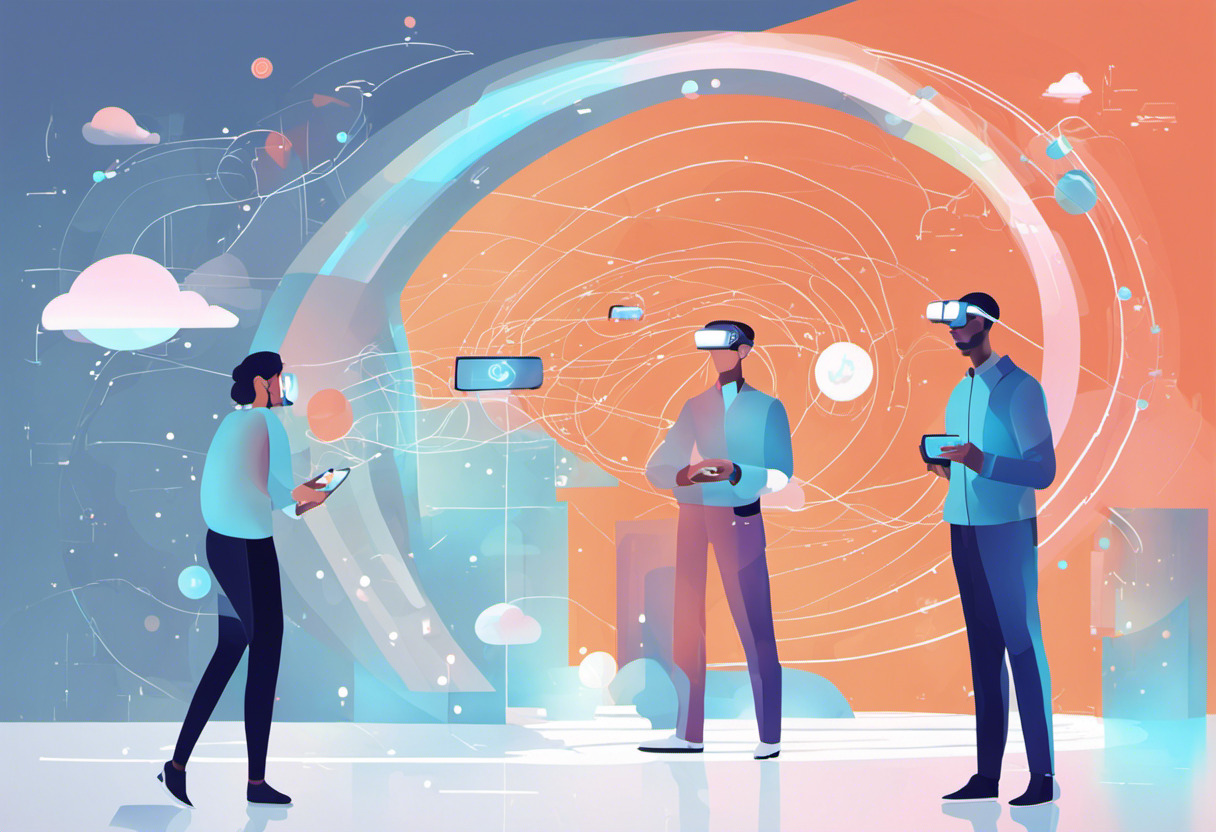
Unveiling the Benefits of Web AR in Digital Marketing
With constantly evolving technological advancements, companies are seeking novel ways to connect with their potential buyers. One such innovation that significantly stands out in today’s digital marketing landscape is Web AR. It offers highly interactive and immersive experiences, drastically transforming the user’s engagement journey.
Convenient and Highly Accessible
Web AR sets itself apart from other forms of AR by offering a unique value proposition- it frees users from the confines of having to download an app. This elimination of additional steps provides users a smooth and hassle-free journey towards immersive AR experiences.
Notably, it’s this feature that makes Web AR a highly accessible tool for both brand exposure and user engagement. The convenience of Web AR directly translates to enhanced accessibility and availability, making it a popular choice among digital marketers.
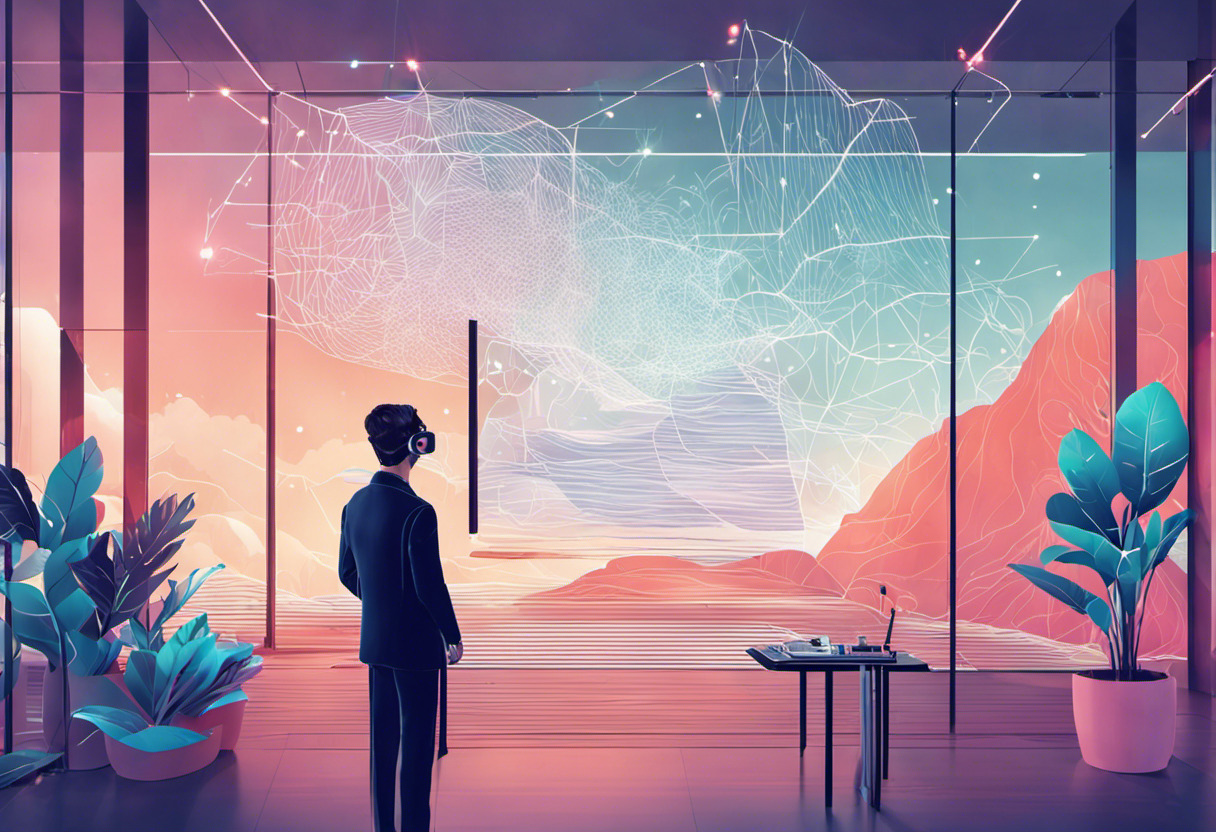
Making ‘Try Before You Buy’ a Reality
Web AR has taken the commonplace marketing phrase ‘try before you buy’ to another level by enabling potential buyers to virtually try out products before making a purchasing decision. This way, businesses can build greater trust and confidence with their customers.
In the era of digital shopping, customers tend to be skeptical about the quality, fit, or look of products. Web AR significantly reduces this uncertainty by providing a more realistic understanding of the offerings, leading to increased conversion rates and customer satisfaction.
- Offers a more engaging and interactive customer experience
- Boosts consumer trust, subsequently driving conversions
- Ideal for aiding product visualization, especially in sectors like retail, home decor, and more

Noteworthy Business Benefits
According to experts, Web AR can prove to be a game-changer in the business landscape. Particularly because it allows brands to effectively engage with customers and convert them into loyal advocates, leading to sustainable growth and profitability. For an in-depth understanding of how Web AR is proving to be a strong asset for businesses, peruse through this insightful piece that encapsulates the business benefits of Web AR and how it facilitates customer engagement and growth.
| Traditional Marketing Tools | Web AR | |
|---|---|---|
| Customer Engagement | Limited | Exceptionally High |
| Conversion Rates | Depends on Product/Service Quality | Significantly Enhanced |
| Customer Experience | Passive | Highly Interactive |
With the potential to revolutionize the digital marketing landscape, it’s no surprise why many businesses are eagerly harnessing the power of Web AR in their marketing arsenal.
Instagram’s Integral Position in Augmented Reality Marketing
Given the impact of its vast daily active user base, Instagram is poised to radically redefine the landscape of AR marketing. Let’s delve into how the platform’s unique advantages position it as a fertile ground for AR engagement.
The Influence of Instagram’s Daily Active Users
Fueling the potential for AR’s surging popularity on Instagram is its substantial user base. Each day, millions of users log onto the platform, interacting with content from both personal connections and brands alike. With 80% of Instagram’s users following a brand, the opportunity for AR engagement is ripe. These statistics point to a promising trend for brands looking to engage with their audiences on a deeper, more immersive level, as is made possible with AR.

Why Instagram Stands as a Strong Contender for AR Marketing
Instagram’s success in the world of AR marketing is multifaceted, hinging upon not only its impressive user base but its integrative interface and commitment to standing on the cusp of digital innovation. Here are some reasons why Instagram is proving to be a lucrative platform for AR marketing:
- The platform’s built-in AR studio, making AR content creation accessible for all brands, irrespective of their technical expertise.
- Its robust advertising infrastructure and sophisticated targeting capabilities, making it easier for brands to fine-tune their AR experiences.
- The possibility of applying Instagram’s viral mechanics to AR content, leveraging user-generated content to further magnify reach.
These factors combine to render Instagram a highly attractive platform for brands wishing to experiment with AR in their marketing strategy.
Embracing AR: A Deep Dive into Instagram’s AR-driven Brands
Several brands have adeptly leveraged Instagram’s AR capabilities to drive user engagement, producing remarkable results. Let’s examine this phenomenon more closely with a breakdown of Instagram’s AR forerunners.
| Brand | AR Success Story |
|---|---|
| Nike | Successfully enabled customers to ‘try on’ sneakers in real-time with AR. |
| Warby Parker | Used AR functionalities to provide a digital experience of ‘glasses fitting’ for online shoppers. |
| Starbucks | Created an AR-driven holiday campaign, encouraging users to find and interact with virtual Starbucks cups. |
These brands illustrate how Instagram’s extensive AR capabilities can be harnessed to provide unique, memorable experiences for customers. This is reshaping traditional brand-customer interactions while opening avenues for more personal and immersive customer experiences.

The Confluence of Instagram’s Popularity and AR’s Innovation
Instagram’s massive daily active user base, paired with the advancing frontiers of Augmented Reality, offers a promising vista for brands. Coupled with the near-universal adoption of the platform among users, AR presents a novel means to orchestrate rich, interactive brand narratives. Employing AR in Instagram marketing presents businesses with an opportunity to level up their engagement, offering experiences that are authentic, fun, and adaptive.
Explore how QR codes can be used to unlock AR experiences on Instagram for a deeper understanding of Instagram’s AR infrastructure. Remember, an informed marketer is an effective one.
To Summarize…
AR has found a fitting platform in Instagram, where innovative technology meets a rapt audience. This potent mix, sprinkled with Instagram’s ingrained culture of creativity, sets the stage for a seismic shift in social media marketing. By capitalizing on Instagram’s high brand-following rate and easy-to-use AR studio, businesses can unlock fundamentally new ways to connect, engage, and thrill their audiences.
Harmonizing Instagram and AR for Robust Marketing Outcomes
With the powerful capabilities of both Instagram AR and Web AR at our disposal, we need to discuss how integrating these technologies can amplify marketing efforts. Utilizing these elements in tandem can potentially extend a brand’s reach and engagement, providing a unique edge against competitors.
Boosting User Engagement with the ‘Swipe Up’ Feature
If you’re familiar with Instagram, you’re likely aware of the ‘Swipe Up’ feature contained within the platform’s Stories function. This feature can redirect users to external links, which can play a pivotal role in our strategy. Brands can now guide users from Instagram to Web AR experiences, thereby vastly improving chances of engagement.
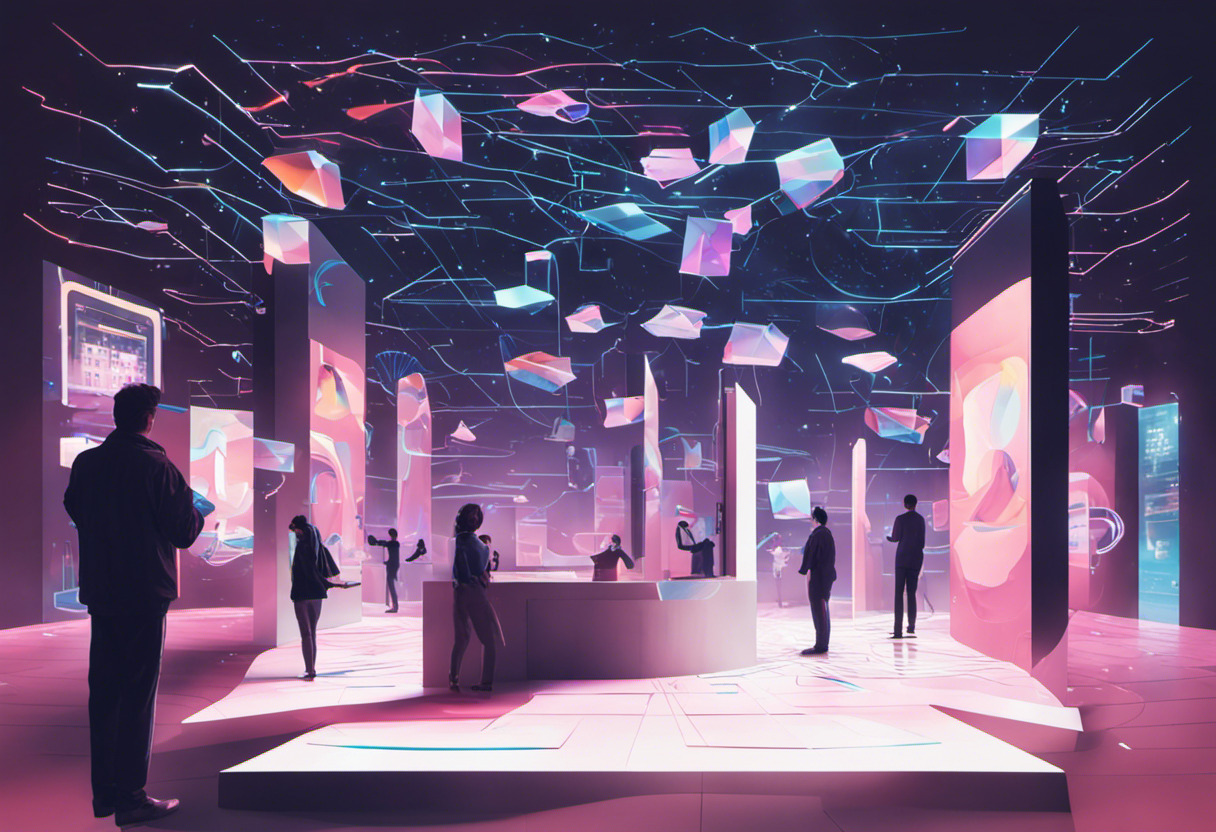
This engagement mechanism leverages the best aspects of both Instagram AR and Web AR. While Instagram captures users with visually appealing AR filters or games, Web AR allows them to interact further without the need to install additional applications.
An Operational Example
Imagine an e-commerce brand promoting a line of clothing through an Instagram AR filter. Users try various outfits in AR and share their images on Instagram stories. Using the ‘Swipe Up’ function, they can then be sent directly to a Web AR site where they can virtually try the clothes on a 3D model of themselves. This type of synergy delivers a truly immersive experience, drastically increasing the likelihood of a purchase.
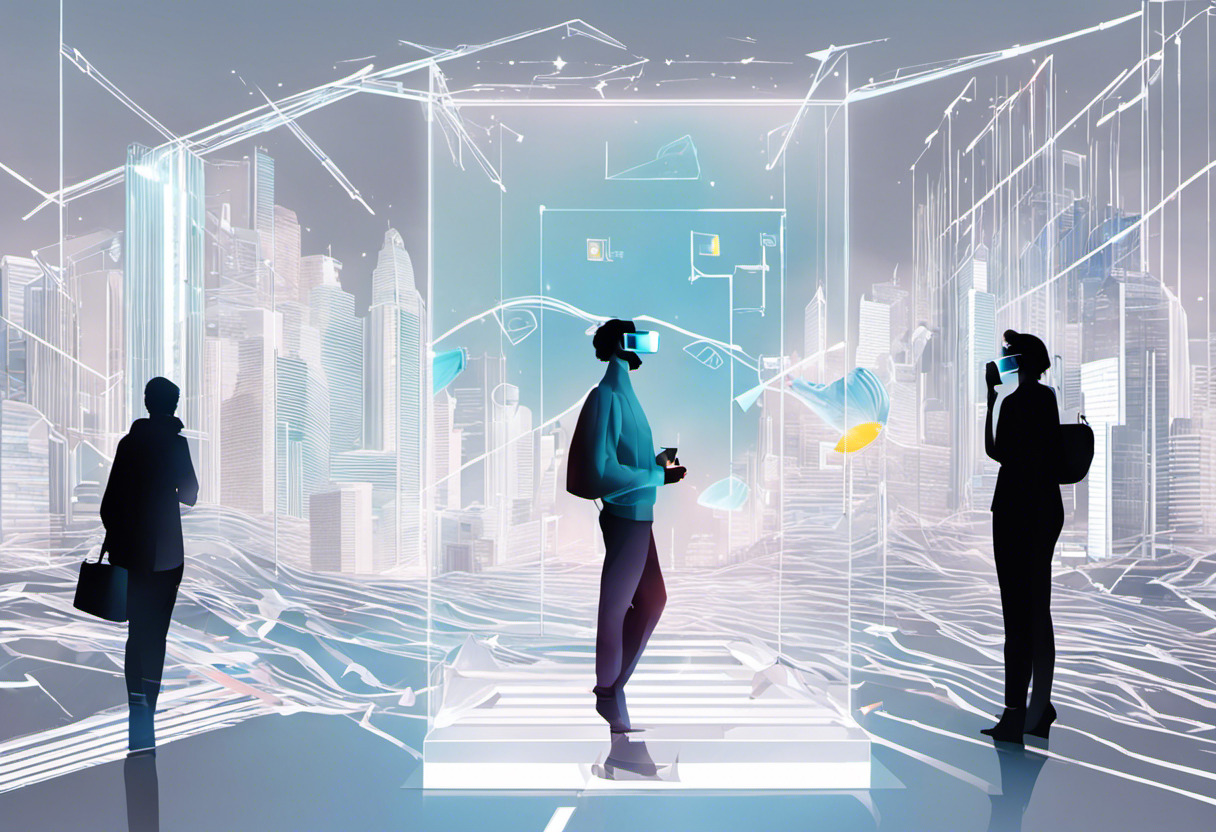
Key Points to Harnessing Instagram AR and Web AR
Successful integration of Instagram AR and Web AR requires some careful consideration. Here are three essential factors:
- Seamless transition: Ensure the journey from Instagram to the Web AR experience is smooth. Abrupt disruptions or technical glitches can lead to a negative user experience.
- Relevant linkage: Ensure the AR content on Instagram is related to that of the linked Web AR page. Misleading links might confuse users and lead to dissatisfaction.
- Engaging content: High-quality, engaging content is crucial. Invest in creating visually appealing AR filters on Instagram and interactive 3D models on your Web AR site.
Analyzing the Benefits
To round off, let’s evaluate the significant advantage that comes with integrating Instagram AR and Web AR.
| Aspect | Benefits |
|---|---|
| Audience Reach | The combination of Instagram’s massive user base and the accessibility of Web AR allows brands to attract a larger audience. |
| User Engagement | ‘Swipe Up’ feature in Instagram Stories encourages direct transfers, sustaining interest and encouraging interaction with Web AR experiences. |
| User Experience | A well-coordinated Instagram AR and Web AR experience can provide a more immersive and satisfying user experience. |
An informative exploration on the influential role of Web AR in the burgeoning Metaverse graciously elaborates on these advantages. By acknowledging and harnessing the potential present in these platforms, marketers can tap into unprecedented levels of user engagement and brand expansion.
Discovering Web AR Utilization across Multiple Industries
While many entities have adopted Web AR as an inventive methodology in social media campaigns, it has proven its utility beyond these confines. Various industries ranging from advertising to ecommerce have recognized the potential of this technology, harnessing Web AR for a variety of innovative applications.
Out-of-Home Advertising
In the world of Out-of-Home (OOH) Advertising, Web AR provides an engaging layer of interactive content to traditional advertising media. Potential consumers can interact with advertisements in real-time, creating an immersive experience that leaves a lasting impact.

Creating Immersive Ecommerce Experiences
Ecommerce platforms have particularly found value in the application of Web AR. By creating virtual product demonstrations, they enable customers to ‘try before they buy’, thereby enhancing customer trust and satisfaction. Fashion and home decor markets are leading this trend, allowing users to visualize products in their personal space before making a purchase.

Enhancing the Tourism Experience
Web AR also plays an increasingly significant role in the tourism industry. AR-powered tourism apps offer interactive, contextual information to tourists, providing a unique, immersive experience. Tourists can visualize historical events, landmarks, and even virtually visit restaurants or hotels before deciding to make a stop.
Web AR in The Entertainment Industry
The Entertainment industry has also started leveraging the capabilities of Web AR. AR-powered entertainment experiences range from interactive movie promotions to immersive music video experiences, transforming the way audiences engage with content.
Understanding the Industry-wise Adoption
To fully grasp the utilization of Web AR across industries, let’s consider the following comparison:
| Industry | Application of Web AR |
|---|---|
| Advertising | Interactive OOH Advertisements |
| Ecommerce | Virtual product demonstrations |
| Tourism | AR-powered informational experiences |
| Entertainment | AR-powered promotional content |
These examples illuminate the diverse uses of WebAR across sectors. However, to see a more comprehensive, real-world application of Web AR in these industries, consider visiting this resource that showcases how artificial intelligence enhances Web AR experiences in practical applications.
Conclusion
Web AR, with its accessibility and versatility, is at the forefront of shaping customer interactions across various industries. Businesses are only just beginning to tap into its potential, and as technology continues to advance, so will the depth of engagement businesses can offer with Web AR.
These vivid examples illustrate the potential of Web AR to create immersive and interactive experiences, making it an invaluable tool for businesses seeking to advance their engagement strategies in an increasingly digital world.
Creating and Implementing WebAR in Social Media Strategies
For all the digital marketing professionals, AR enthusiasts, and modern businesses, implementing WebAR in social media marketing strategies is not a far-fetched dream. With the right approach, tools, and techniques, it is entirely achievable.
Step 1: Creating Engaging WebAR Content
Before digging into the crevices of WebAR content distribution, it is paramount to understand that the creation of WebAR content is not your everyday task. This process involves advanced web techniques, some of which could be complex for those unfamiliar with this terrain.
Create engaging content that informs, entertains, and, most importantly, adds a unique touch to your brand’s social media presence. Remember, compellingly presented information will always have an edge in terms of audience engagement and recall value.
For in-depth knowledge on the creation of WebAR content, refer to this comprehensive guide to WebAR

Step 2: Leveraging Social Media for Digital Content Distribution
Having created the WebAR content, the next essential step involves its effective distribution. While the distribution process possesses its challenges, several channels can aid in this journey towards effective WebAR content deployment.
Social media platforms stand out in facilitating the widespread reach of such content. With their massive user base and the ability to facilitate straightforward user interactions, they are an unrivaled option.
For instance, you can utilize social media ads that redirect users to the WebAR content or even use onsite platforms for direct content sharing. Utilize the social media toolset wisely to fuse your traditional marketing techniques with the future-ready capabilities of WebAR.
Channels for Effectively Distributing Your WebAR Content
- Direct Social Media Posts
- Social Media Ads (Facebook Ads, Instagram Ads)
- Email Marketing
- Forums & Communities (Reddit, Discord)
- Blog Posts & Articles
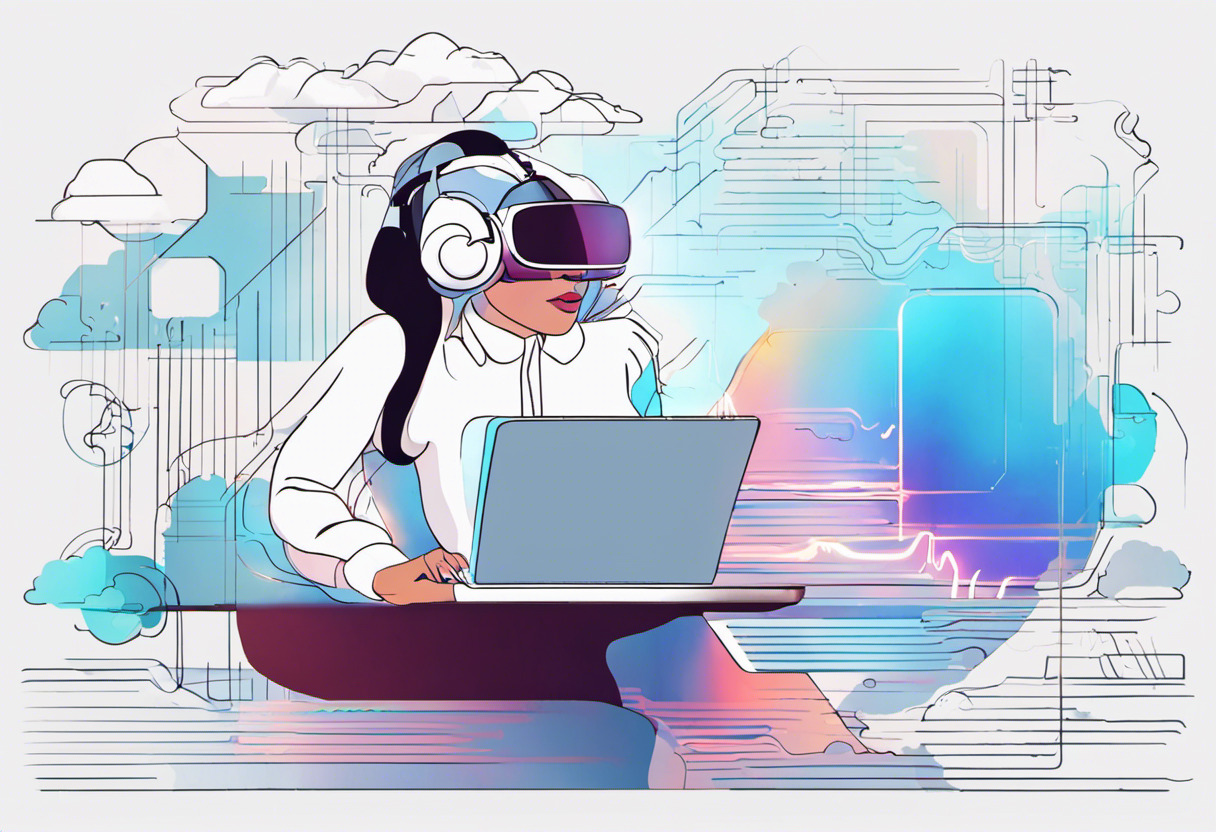
Step 3: Evaluating the Performance of Your Campaigns
Now that you have created and deployed your WebAR content, a critical task awaits you: analyzing and evaluating the performance of your WebAR campaigns. This process is essential as it helps in identifying what’s working, what’s not, and initiating changes accordingly.
Keeping a close eye on vital analytics – such as engagement rates, dwell time, conversion rate, and user feedback – can provide invaluable insights into the campaign’s effectiveness and efficiency.
| Analytics | What They Measure |
|---|---|
| Engagement Rate | The percentage of users who interacted with your WebAR content. |
| Dwell Time | The amount of time users spend interacting with your WebAR content. |
| Conversion Rate | The percentage of users who took the desired action after interacting with your WebAR content. |
The potential of WebAR in social media marketing is indeed immense. Its implementation might seem overwhelming initially, but with a clear understanding, the right resources, and a solid marketing strategy, it is indeed an achievable expedition. And remember, mastering this new form of marketing can catapult your brand beyond the traditional boundaries of social media engagement.
Logan Bellbrook
Content writer @ Aircada with a knack for nature & AR/VR/XR. Blogging the intersection of tech & terrain.





